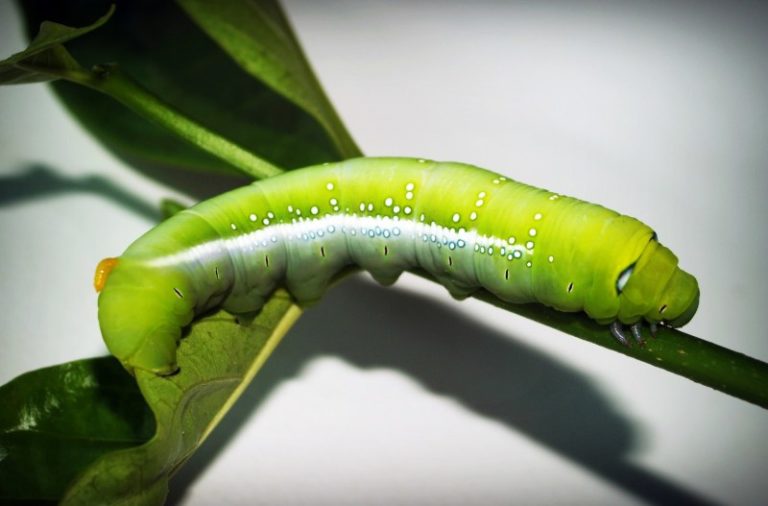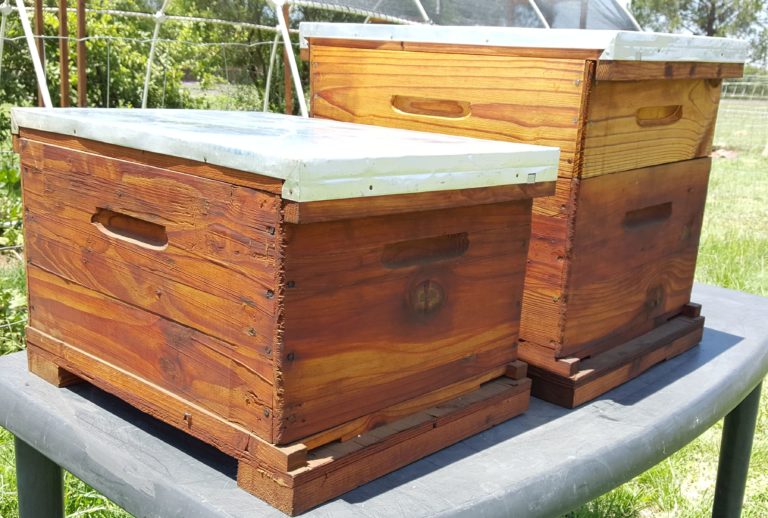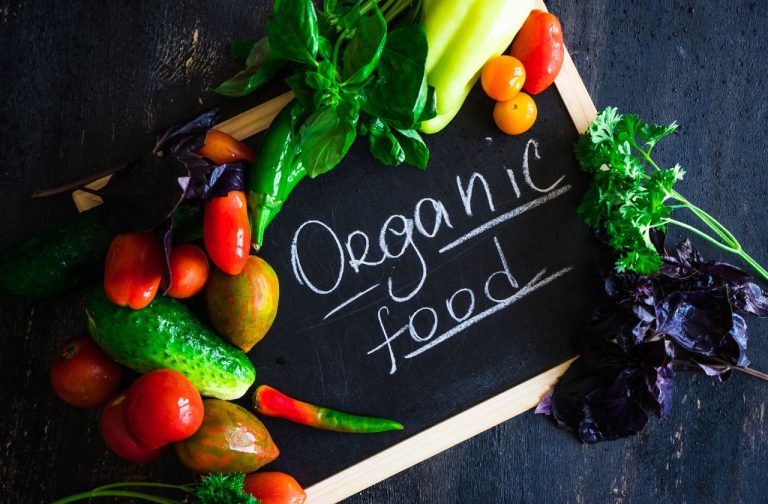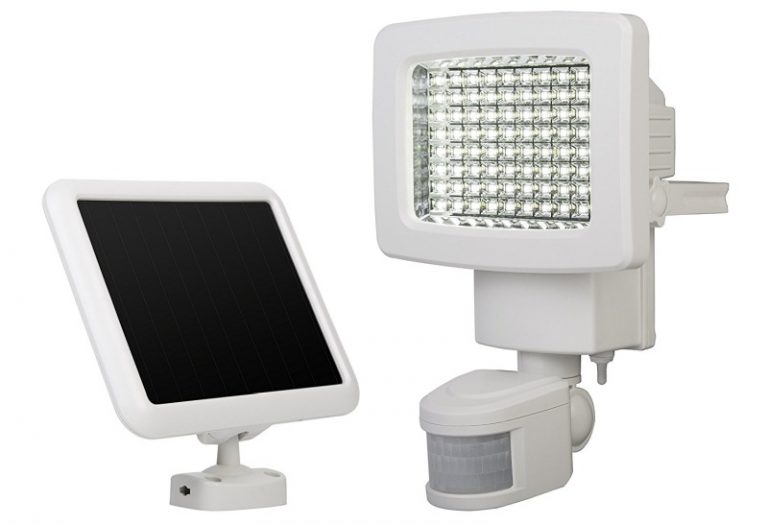How To Grow An Awesome Pumpkin Patch
I get commissions for purchases made through links in this post. View our Affiliate Disclaimer.
Pumpkins are best grown in the summer months, but you can get a head start by growing your pumpkin seeds indoors a few weeks before the summer begins.
Pumpkins are easy to grow as long as you follow a few simple guidelines!
Additional Essential Homestead Resources
✅ Medicinal Garden Kit - Grow medicine in your garden! A collection of seeds to get you started.
✅ Homesteaders Handbook - A printed book that covers all the basics for homesteaders.
✅ The Self-Sufficient Backyard - This book is an excellent resource for self-sufficiency on 1/4 acre!
✅ Into The Wild Survival Pack - Learn foundational survival skills every homesteader should know!
Growing Pumpkin From Seed
Pumpkins can do well planted directly in the ground, but you will get a higher success rate if you plant in seed trays. Planting in seed trays will also allow you to get the plants established before the ground and weather are suitable for the seedlings.
- Start the seeds in seed trays indoors about three weeks before the last expected frost.
- For long, warm growing seasons, sow seeds directly in the ground when the soil temperature has reached 15 degrees C or higher.
- Choose a site that gets full sun
- Soil must have a pH of 6.0 to 6.8.
- Pumpkins need light, very rich soil that drains well. Dig in large amounts of compost and well-cured manure.
Pumpkins have fairly deep roots and the vines can spread around 4.5m. To account for this, dig your pumpkin patch both deep and wide.
Transplanting Pumpkin Seedlings
Before transplanting outdoors, you will need to harden off seedlings that have been grown indoors or in sheltered areas. You can do this by exposing the seedlings to longer and longer periods of direct sunlight over a period of about 10 days.
The hardening process is as follows:
- Day 1-3 expose for 3 hrs in a semi shaded area
- Days 4-7 expose for 5 hrs in a less shaded area
- Day 8-10 the whole day in area with minimal shade
- Transplant the seedlings into the outside bed (when there is no longer any danger of frost).
When transplanting the seedlings, plant them in mounds or hills, slightly raised from the normal bed level. Be sure to plant them at least as deep as they were in the seed tray to make sure none of the roots are exposed to the elements.
The spacing of the seedlings will vary by species, but a good rule of thumb is about 1.5m radius between plants.
Pumpkin Plant Maintenance
Mulch is important to conserve water and reduce weeds. The seedlings will need about 25mm to 50mm of water per week, especially when they flower and set fruit.
Your pumpkin plants can also be fed with compost tea every two to three weeks. You can get compost tea from your worm farm if you have one.
Train the primary vines from the pumpkin plant to travel straight and away from the roots. Secondary vines should also be trained to grow away from the primary vines.
Once the vines have flowered and the fruit is set, trim off all tertiary vines, any damaged vines and any rotting or diseased fruit.
Rotating the larger pumpkins every now and then will promote symmetrical growth. You will have to take care to move them only a little at a time to prevent breaking the vines.
Place plywood, or thick cardboard under the bigger pumpkins to stop them from rotting due to too much moisture where they touch the ground.
Harvesting Pumpkins
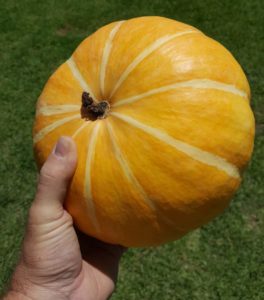
You can test if is ripe by pressing your finger nail into the pumpkin’s skin. If the skin does not puncture then it is ripe.
When you harvest, cut the pumpkin from the vine with a pair of pruning shears, leaving about 8cm to 10cm of vine on the fruit. This helps to increase the pumpkins keep time after harvest.
You can harvest pumpkins before they are ripe and then ripen them outdoors, or you can leave them to ripen on the vine.
To ripen off the vine, place the harvested pumpkins in a sunny, dry location such as your patio or deck. Make sure they have maximum sun exposure, with no shadows falling on them during the day. Take them inside at night. On colder days, leave the pumpkins indoors in a warm room with large windows and the curtains open for maximum light.
Make sure to harvest all your pumpkins before the first frost!
Orange pumpkins are often best left to ripen on the vine.
Get more posts like this
Subscribe to our mailing list and get interesting homesteading and green living info and updates to your email inbox.
Thank you for subscribing.
Something went wrong.



